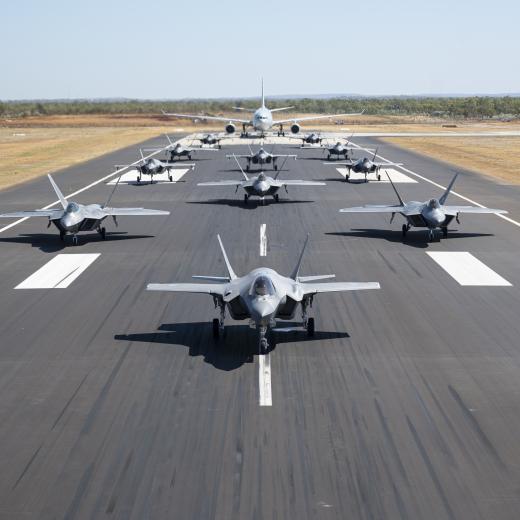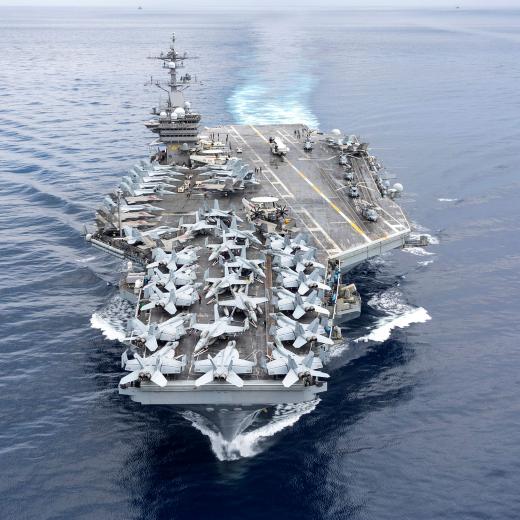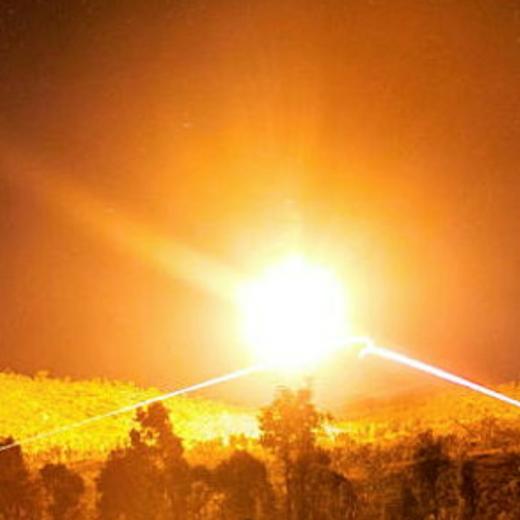BLUF
Without a tactical air defence capability it is questionable whether the Army will be able to adequately protect its forces from UAV and low altitude rotary assets.Summary
Lieutenant Braden Holmes examines the future possibilities of Air Defence in the Australian Army. Starting with a brief reference to the development of Air Defence Capability from WW1, the author highlights the current holders of the capability within Army. This capability is a concentrated and rare commodity, using primarily equipment introduced in 1988. The capability forms a part of the Royal Australian Artillery and is held by the 16th Air Land Regiment. The author argues that with upcoming plans to replace capability, perhaps the Royal Australian Infantry would be well placed to take on an Air Defence role, treated similarly to the way they train on specialist weapons such as mortars or anti-tank weapons. What the article doesn’t highlight is just how rare these capabilities are, and how vulnerable Army is except where control of the air has been established. What does this mean for the planning of joint operations? How do Army and Air Force ensure deconfliction and identification of friendly forces to avoid blue-on-blue? How, if at all, will 1988 technology integrate with 5th-Gen capability in the contested airspace?





